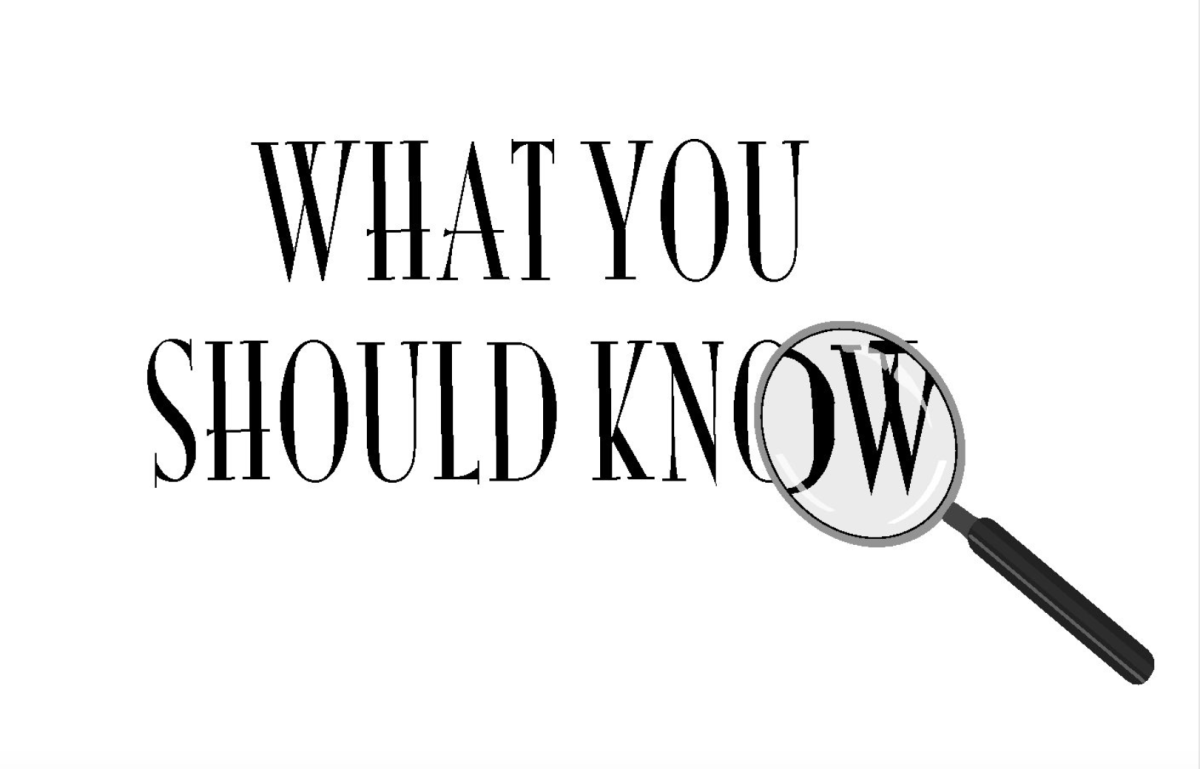What is impeachment?
President Donald Trump became the third president in U.S. history to be impeached as the House of Representatives passed two articles of impeachment on Dec. 18, 2019. Impeachment is the process by which “The President, Vice President and all civil officers of the United States, shall be re-
moved from office on impeachment for, and conviction of, treason, bribery, or other high crimes and misdemeanors,” according to Article II, Section 4 of the U.S. Constitution.
Impeachment does not mean the president is automatically removed from office if charged with treason, bribery or other high crimes. TheHouse of Representatives must first gather evidence of impeachable offenses that can be used to charge the president. Then, a simple majority (less than half of the total votes cast in an election, but more than the minimum votes required to win), in the House of Representatives is needed to pass articles of impeachment.
If that vote passes, the Senate then conducts a formal trial against the president. A two-thirds majority in the Senate is needed to convict the president of any offenses. If he is convicted, the president is then removed from office. In all other circumstances, the president
remains in office.
Why is Trump being impeached?
Trump is facing impeachment under charges of abuse of presidential power and for obstructing Congress. According to the Associated Press, Trump was charged with abuse of presidential power for “pressuring Ukraine to investigate Democratic rival Joe Biden, using [U.S.] military aid to the country as leverage.”
Trump is also being charged with obstructing Congress’ impeachment inquiry: “President Trump directed Executive Branch agencies, offices, and officials not to comply with those subpoenas.” Moreover, he “assumed to himself functions and judgments necessary to the exercise of the sole Power of impeachment vested by the Constitution in the House of Representatives,” as stated in Article II of the impeachment writ of summons.
The House of Representatives voted 228-193, which now passes articles of impeachment on to the Senate. “The president violated his oath of office, undermined our national security, jeopardized the integrity of our elections,” Speaker Nancy Pelosi said before the House vote on delivering the charges to the Senate.
Who are the key people involved in Trump’s impeachment?
Pelosi leads the House Democratic majority and formally began the impeachment process against Trump in 2019. Pelosi chose seven lawmakers who will now be in charge of prosecuting Trump during the Senate hearing. The Senate is controlled by a Republican majority, aligning with the president’s political affiliation. The Republican party is led in the Senate Majority Leader Mitch McConnell and the Democratic minority is led by Sen. Charles E. Schumer.
What happens next?
The impeachment process has officially moved on to the Senate which is controlled by a Republican majority. Now, the U.S. Senators will listen to the prosecution’s argument. As outlined by the Constitution, “The Senate sits as a High Court of Impeachment in which senators consider evidence, hear witnesses, and vote to acquit or convict the impeached official. In the case of presidential impeachment trials, the chief justice of the United States presides.” In this instance of impeachment, Chief Justice John Roberts will preside over the hearing. The hearing will end in either the acquittal of Trump, in which he will remain in office, or he will be convicted and removed from office.















































